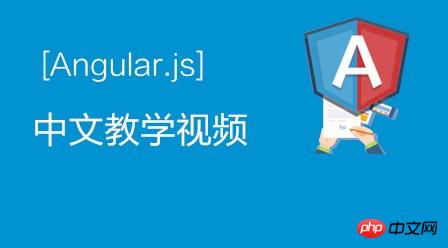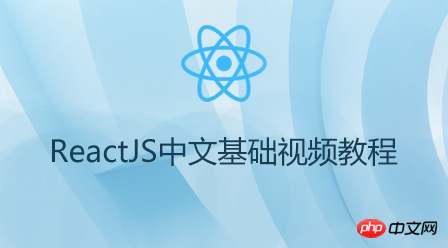Summary of the latest web front-end development framework rankings in 2023
If you are a front-end developer, when you are developing a new project, you must have been asked "What framework are you using?" and then carry out various front-end technology topics. But for front-end novices who are just getting started, encountering such a problem will probably lead to a series of questions: "What does front-end framework mean?What is the use of front-end framework?What are the front-end frameworks... ”
Simply put, the front-end framework is the basic architecture of the web front-end that has been built and encapsulates some functions such as html document operations, beautiful various controls, etc. , generally used to simplify web design. When we choose a front-end framework for project development, we can quickly and efficiently complete the web page design by just adding what we need.
This article will give you a summaryThree mainstream front-end frameworksAnd recommend the PHP Chinese websiteMajor front-end framework related video tutorials!
Latest update:
《ReactJS Chinese basic video tutorial》
《React Native e-commerce project actual combat》
《vue.js Getting Started Video Tutorial Project Practice》
《Vue Framework Video Tutorial》
Mainstream front-end Framework ranking :
First place: Angular framework
Introduction to Angular.js: AngularJs was originally developed by Misko Hevery and Adam
Abrons was developed in 2009 and later became a Google project. AngularJS makes up for the shortcomings of HTML in building applications. It expands the HTML vocabulary in web applications by using identifier (directives) structures, allowing developers to use HTML to declare dynamic content, thus making web development and testing work easier. much easier. It is an excellent front-end JS framework that can help you simplify the burden of front-end development. AngularJS ranks first among global front-end frameworks.

Related course recommendations:
《angular.js Chinese teaching video tutorial》
《AngularJS Development Web Application Basic Example Video Tutorial》
Second Place: React Framework
Introduction to React: React is a JavaScript library for building user interfaces and the view layer of web applications. At the heart of all React applications are components. A component is a subcontained module that provides some output. Therefore, elements such as buttons or input boxes can be used as React components. Components can be nested and combined, and components can also contain inputs for one or more other components. React has high performance and very simple code logic. More and more people have begun to pay attention to and use it.

Related course recommendations:
《React.JS Chinese Basics Video Tutorial》
《 React basic in-depth video tutorial》
《React Native advanced in-depth video tutorial》
Third place: Vue framework
Vue.js Introduction: Vue.js is a progressive framework for building data-driven web interfaces. Unlike other heavyweight frameworks, Vue adopts a bottom-up incremental development design. Vue's core library only focuses on the view layer, and is very easy to learn and integrate with other libraries or existing projects. Vue, on the other hand, is fully capable of driving complex single-page applications developed with single-file components and libraries supported by the Vue ecosystem. The goal of Vue.js is to enable responsive data binding and composed view components with the simplest possible API. It provides a simpler and easier-to-understand API, allowing us to quickly get started and use Vue.js.
Related course recommendations:
《vue.js introductory video tutorial》
《Vue2.0 Getting Started and Learning Practical Project Video Tutorial》
《third training_front-end basics》
This article mainly summarizes the three mainstream frameworks of 2022 web front-end. Then each framework has its own advantages in specific application fields. You can choose according to the needs of specific projects. I hope you can pass it. The right front-end framework develops excellent web sites.

Hot AI Tools

Undresser.AI Undress
AI-powered app for creating realistic nude photos

AI Clothes Remover
Online AI tool for removing clothes from photos.

Undress AI Tool
Undress images for free

Clothoff.io
AI clothes remover

AI Hentai Generator
Generate AI Hentai for free.

Hot Article

Hot Tools

Notepad++7.3.1
Easy-to-use and free code editor

SublimeText3 Chinese version
Chinese version, very easy to use

Zend Studio 13.0.1
Powerful PHP integrated development environment

Dreamweaver CS6
Visual web development tools

SublimeText3 Mac version
God-level code editing software (SublimeText3)

Hot Topics
 1378
1378
 52
52



